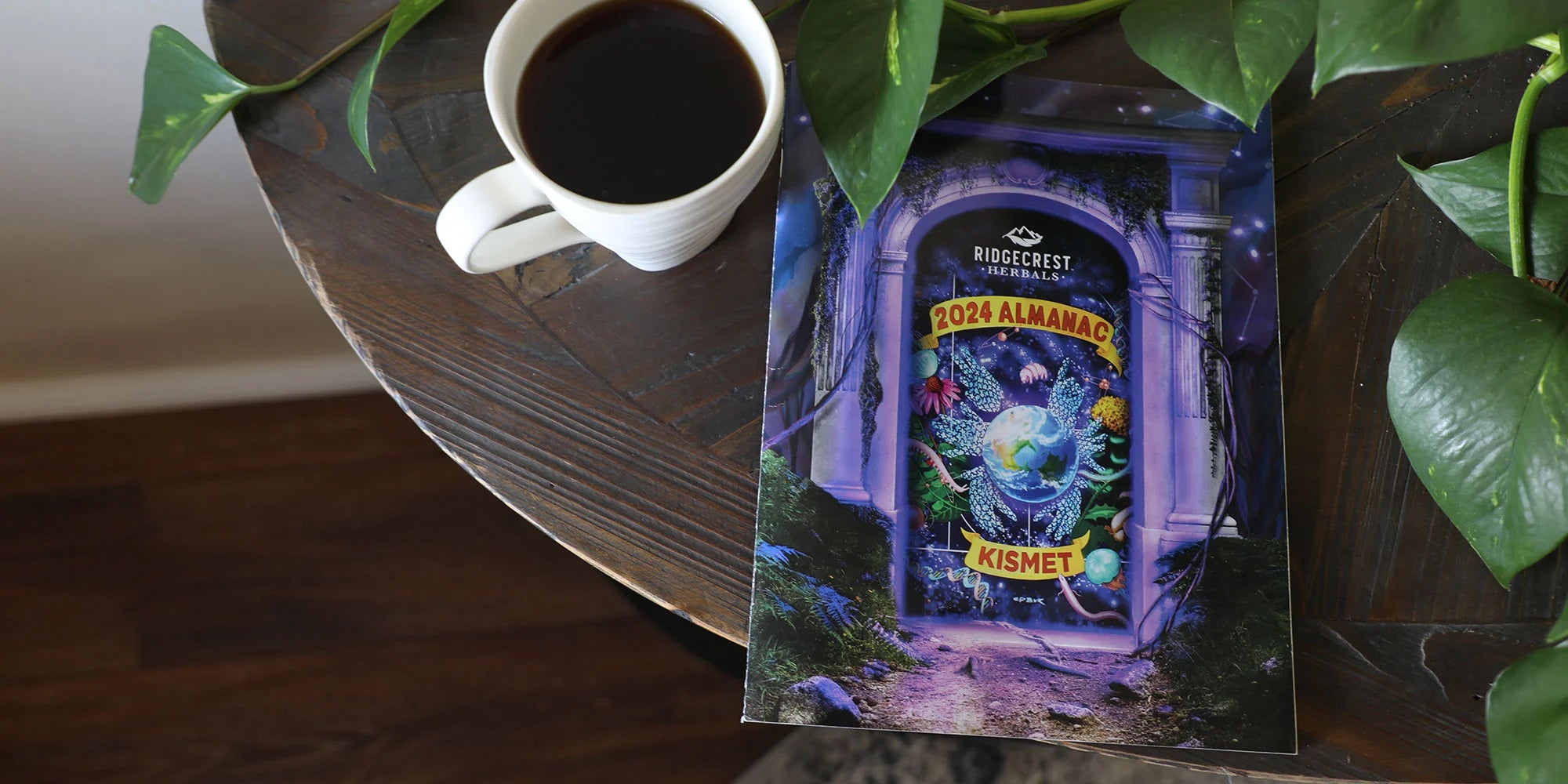Most of us learned to tie our shoes before we ever went to school, but many of us never really learned many more knots than that. Here are a few you should know, grouped so they may be easier to learn and remember. If you need visual help (and everyone does), you can look at all these knots on the Internet. Paracord is great for practicing!
Thread, string, twine, or rope is just a collection of fibers woven together, so each fiber is held in place by the fibers around it. In an emergency, any fiber can be woven into a rope. The fibers could come from old clothing, plastic bottles, dry grass, or just about anything. In a pinch, braiding works as well as other weaving methods, and small cords braided from grass can in turn be braided into heavier cords and ropes. Most knots will work just fine on any size of line, but use care with lines of different sizes.
An overhand knot begins the “bowtie” you tie your shoelaces with. It puts some friction on the laces, but it won’t hold all by itself. Tie another overhand on top of that, and you end up with either a square knot or a “granny.” A square knot holds much better than a “granny” but to do it, you need to reverse the order of the overhands (right over left, then left over right or vice versa). If the ends come out of the knot the same direction as they go in, it is a square knot, while with a granny, the ends come out at roughly 90 degrees to the way they went in. (The square knot is also called a “reef knot” because it is used to “reef” or shorten sails.) A sheet bend is a modified square knot, often used to connect lines of different sizes. A bowline is a sheet bend with a loop in it, and is a basic rescue knot, because it is quickly tied and untied, and won’t slip easily.
Some knots that are tied around things. One is the clove hitch, commonly used to tie a horse to a “hitching rail” or post. To tie it, throw the line over and around the rail, cross over the top of the line, around the rail again, and pass the line under the “bridge” you made when you crossed the line the first time. The lines coming in and out will be parallel. “Two half hitches” is essentially a clove hitch tied around the rope itself to form a loop—a slipknot that can be easily tightened or loosened. Another variant is the taut-line hitch, which adds an extra loop on the inside of the loop—great for securing a guy line on a tent or tarp, because it will keep the tension you put on it, but is easily tightened or loosened.
The “larkshead” is a simple knot made by passing a doubled line through its own loop. Most people use this knot today to attach a wrist strap to their game controller or camera, but it has many other uses. If you pass the line through three times, instead of just once, then it becomes a “prusik knot.” You can climb a rope with no other tools than a pair of long cords (like bootlaces) tied into loops, then tied around the rope with a prusik knot. Put your weight on the bottom one, slide the upper one up a bit, transfer your weight to the upper one, and move the bottom one up. Not as nice as the “ascenders” that rock-climbers use, but simpler, lighter, cheaper, and often a lot more handy in an emergency.
Finally, if you have a tarp or plastic sheet, you can make a tent, even if it has no grommets or if they have pulled out. Just put a small pebble on the sheet where you want a line, wrap the plastic around the rock, and tie the line around the neck of the plastic sheet below the pebble (two half hitches is excellent). Tie the line off wherever you need!



